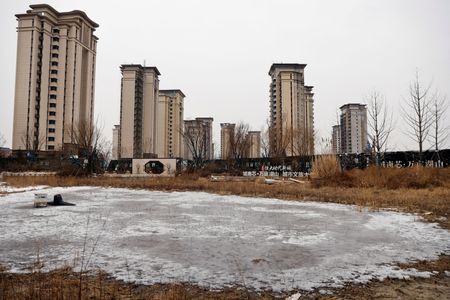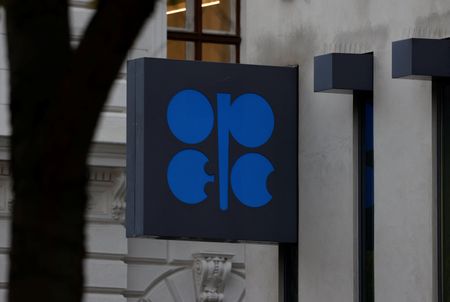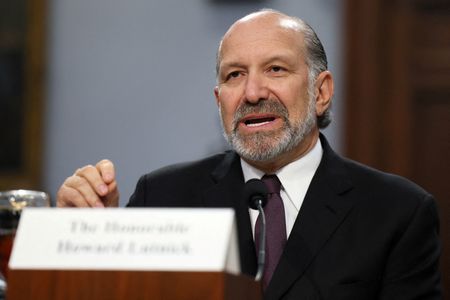By Jamie McGeever
(Reuters) – A look at the day ahead in Asian markets.
Investors banking on the recent decline in U.S. bond yields and the dollar underpinning a rally across risk assets got a stark reminder in the shape of punchy U.S. inflation on Wednesday that interest rates won’t be coming down any time soon.
In fact, they got a few reminders – Fed Chair Jerome Powell repeated his view that monetary policy must remain restrictive for now, and House Republicans unveiled a fiscal plan that would cut taxes by about $4.5 trillion over a decade and raise the federal debt ceiling by $4 trillion.
Faced with sticky inflation, fiscal largesse and Powell’s confidence in the U.S. economy, rates markets are now only pricing in one Fed rate cut this year, which would leave the fed funds rate above 4.00%.
The 10-year yield rose 10 basis points, the yield curve steepened, the dollar jumped, and stocks fell.
But risk assets have been resilient this year, not only in the U.S. where Wall Street and corporate bonds are hugging record highs, but globally. Many emerging market stocks and currencies are up year-to-date, also quite impressive considering the dark cloud of U.S. tariffs hanging over them.
This resilience got a boost on Wednesday after U.S. President Donald Trump spoke with Russian President Vladimir Putin and Ukrainian President Volodymyr Zelenskiy about starting negotiations “immediately” to end the war in Ukraine.
That was enough to take the wind out of the dollar’s sails, slam oil down 2.5%, cut Wall Street’s losses, and push Asian equity futures into the green.
While many money managers will have factored a potential Russia-Ukraine ceasefire into their investment allocations this year, it’s unlikely it has been fully priced across markets. All else equal, further progress towards peace should support risk appetite, and keep a lid on oil and the dollar.
In Asia on Thursday, the main events will be an interest rate decision from the central bank of the Philippines and the latest wholesale inflation figures from Japan.
The Bangko Sentral ng Pilipinas (BSP) is widely expected to cut its key policy rate by a quarter-point to 5.50%. Inflation appears to be under control, in the central bank’s 2-4% target range since October, but growth is slowing.
The Philippine peso has been among the weaker emerging market currencies, and is down slightly against the dollar year-to-date.
The yen, meanwhile, had its worst day this year against the dollar on Wednesday but could rebound on Thursday if Japanese wholesale inflation figures come in on the strong side.
Economists are expecting a rise in the annual rate to 4.0% in January. That would be the highest since June 2023 and strengthen the argument for further rate hikes.
Here are key developments that could provide more direction to Asian markets on Thursday:
– Philippines central bank policy decision
– Japan wholesale inflation (January)
– Thai finance minister Pichai Chunhavajira speaks
(By Jamie McGeever, editing by Deepa Babington)











